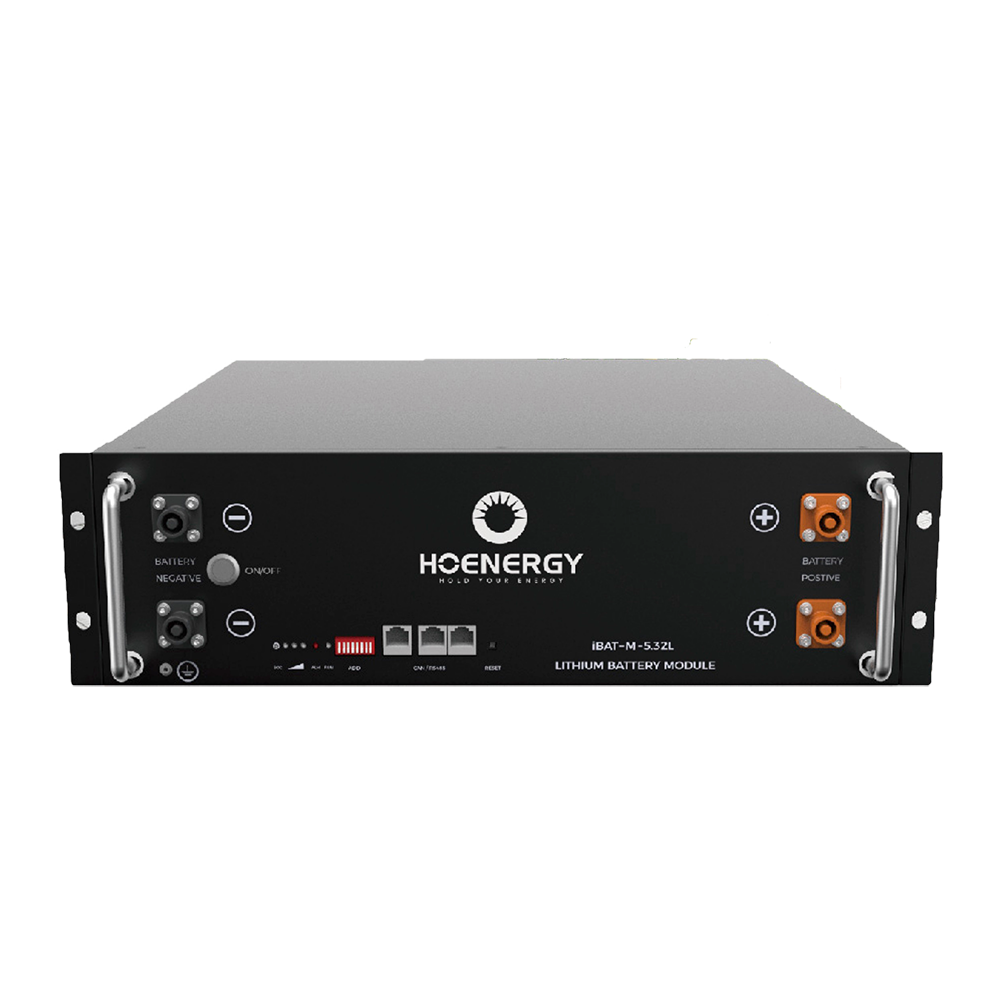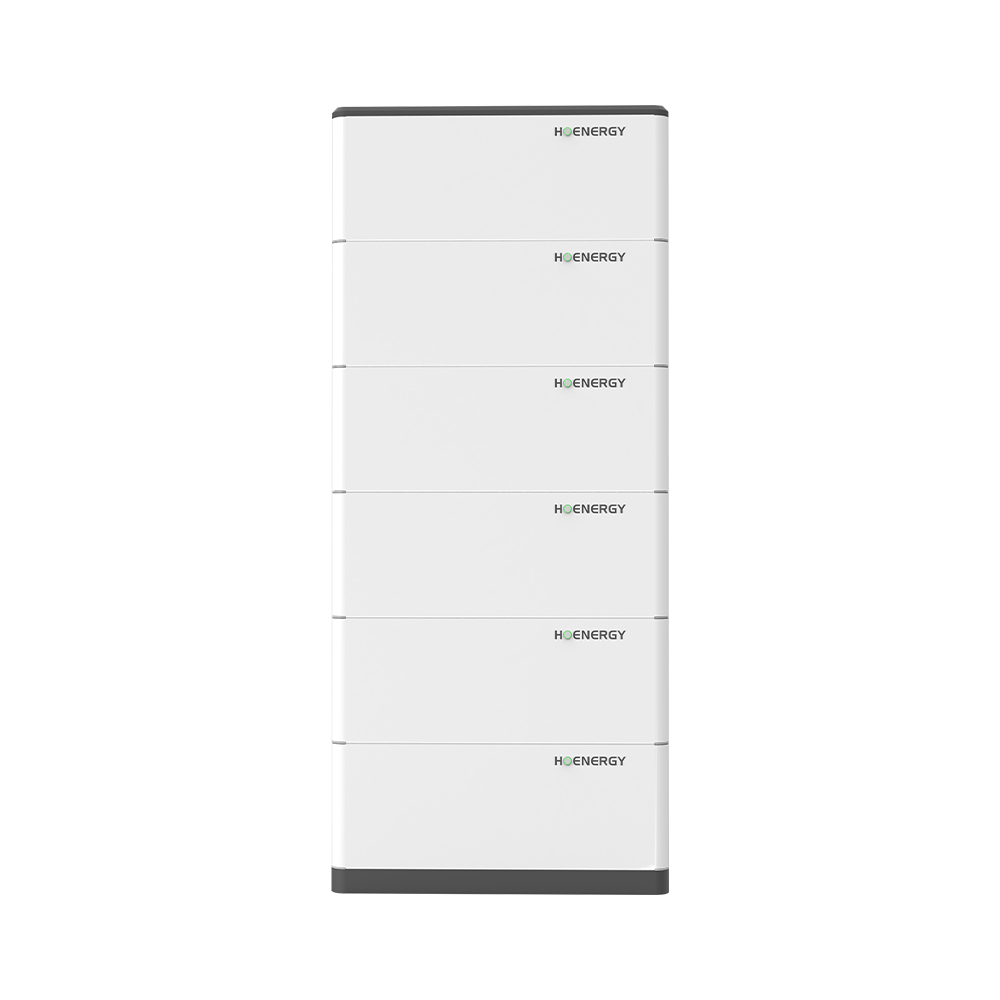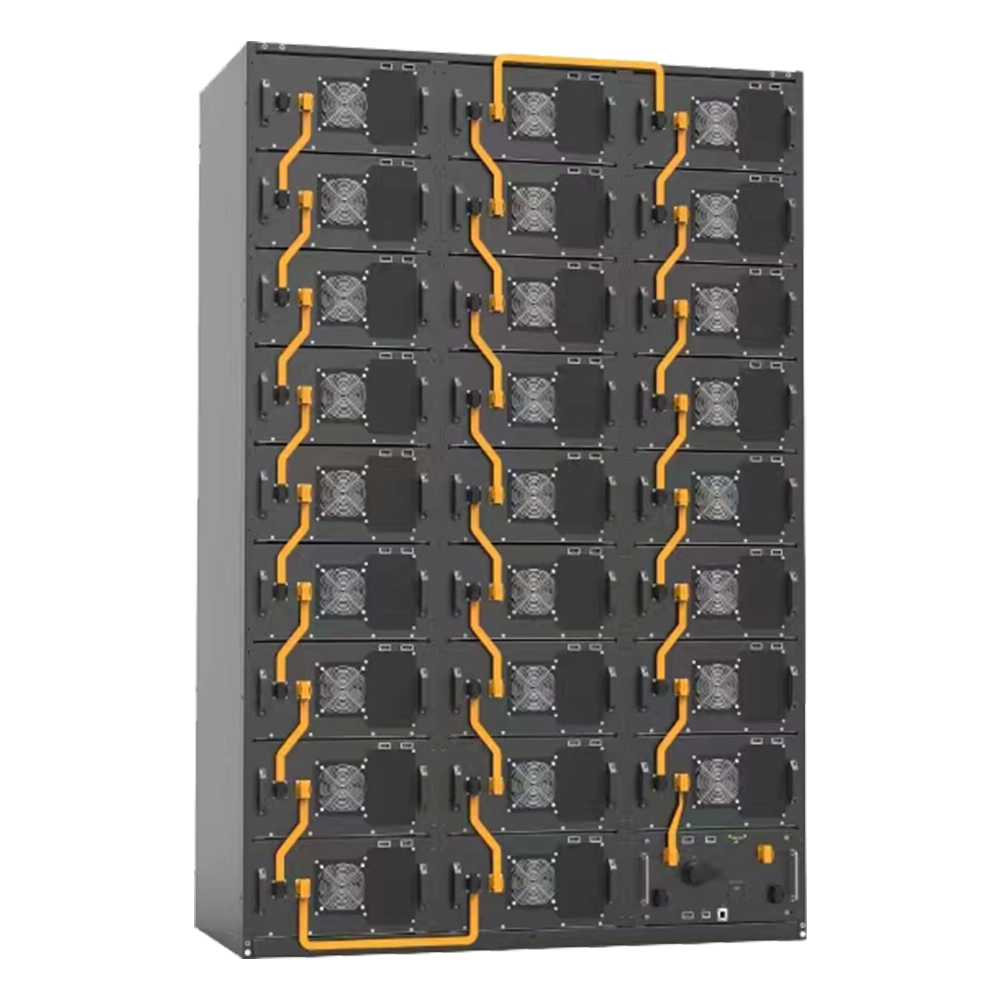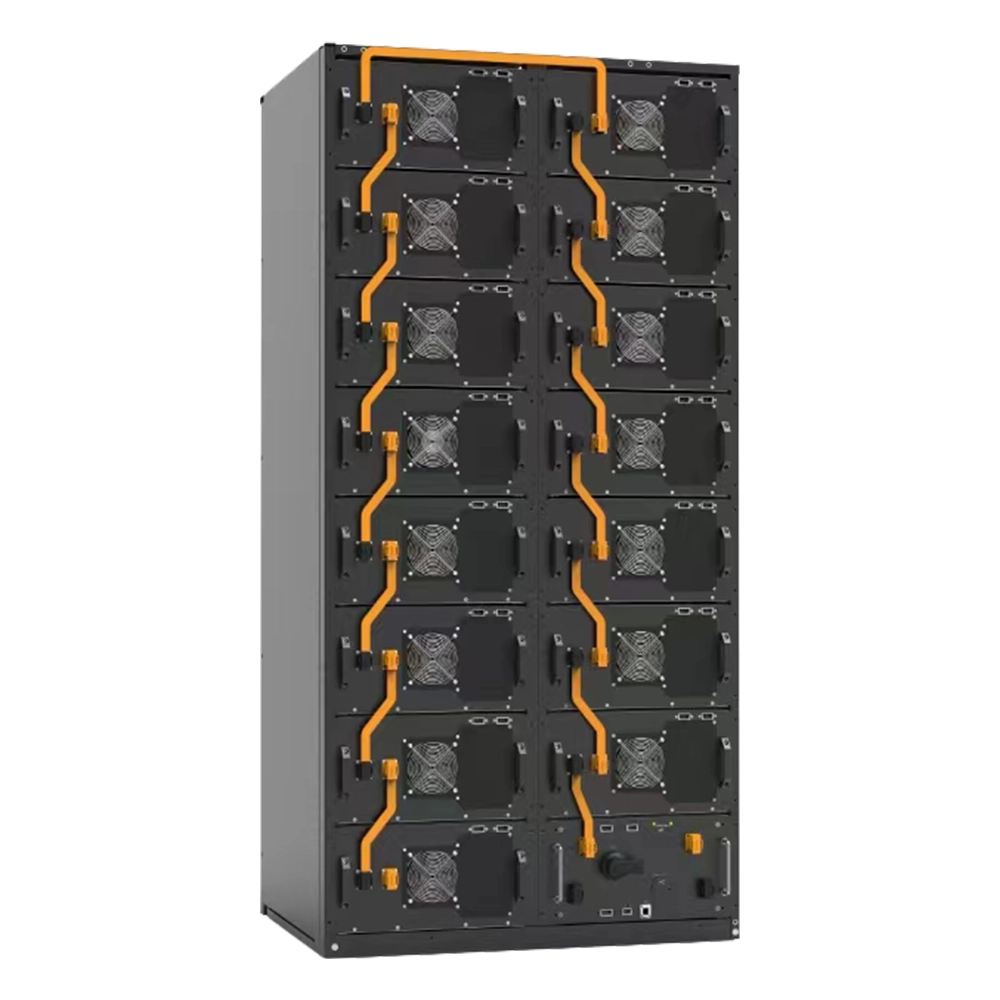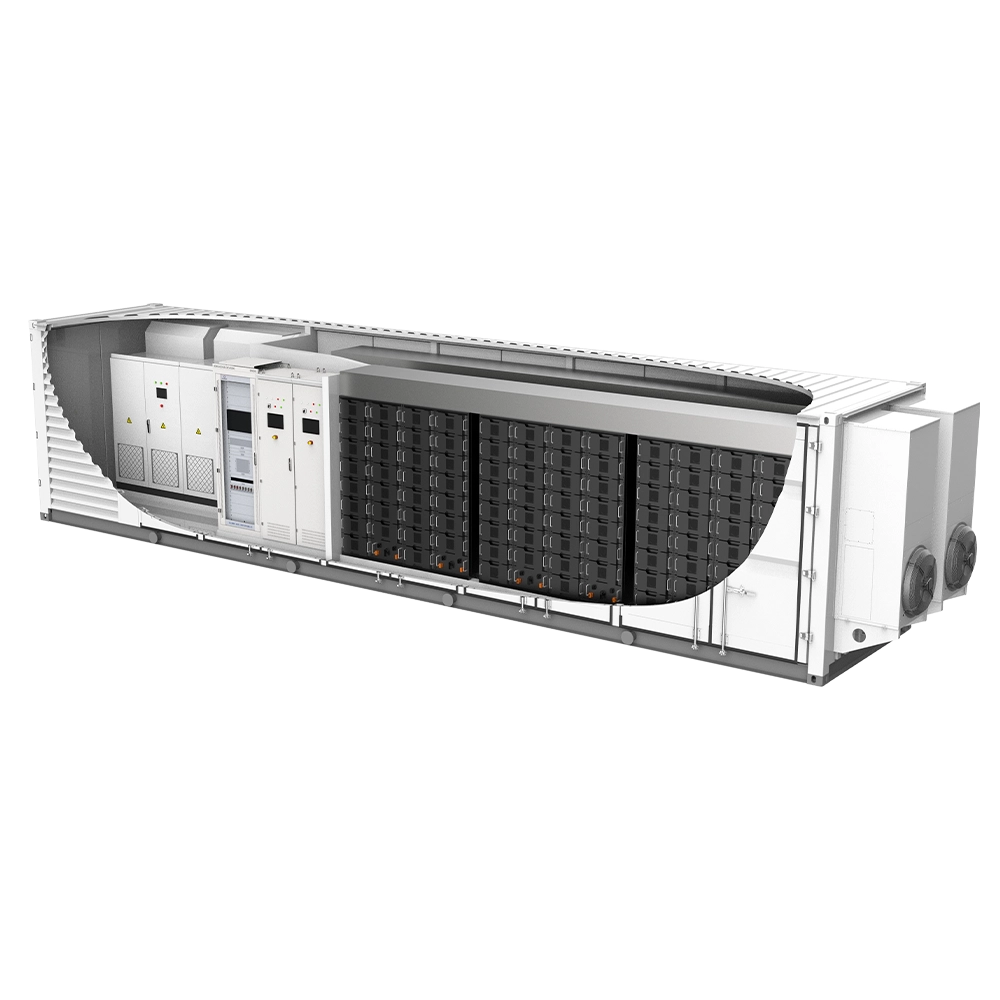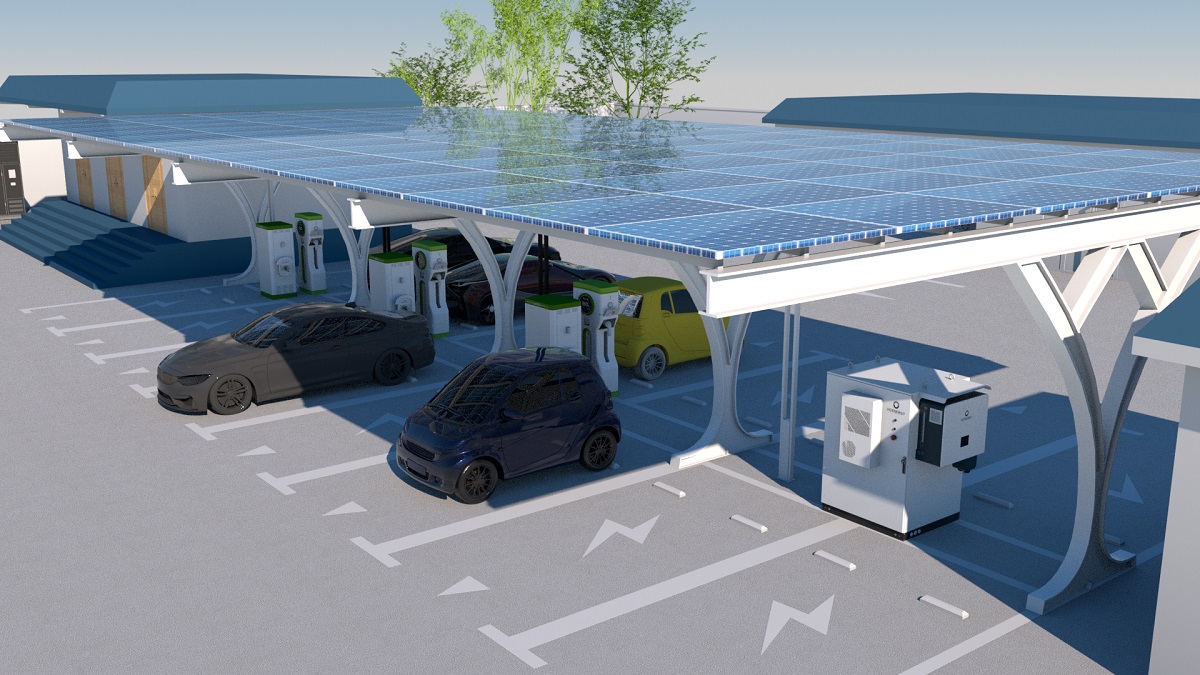Historia ogniw słonecznych
Ponieważ ogniwa słoneczne są przyjazne dla środowiska i odnawialne, są popularnym rodzajem gadżetu czystej energii, który przekształca energię słoneczną w energię elektryczną. To ekologiczne i zrównoważone źródło energii. Opłacalność ekonomiczna i ogólna wydajność ogniw słonecznych zależy głównie od ich żywotności.
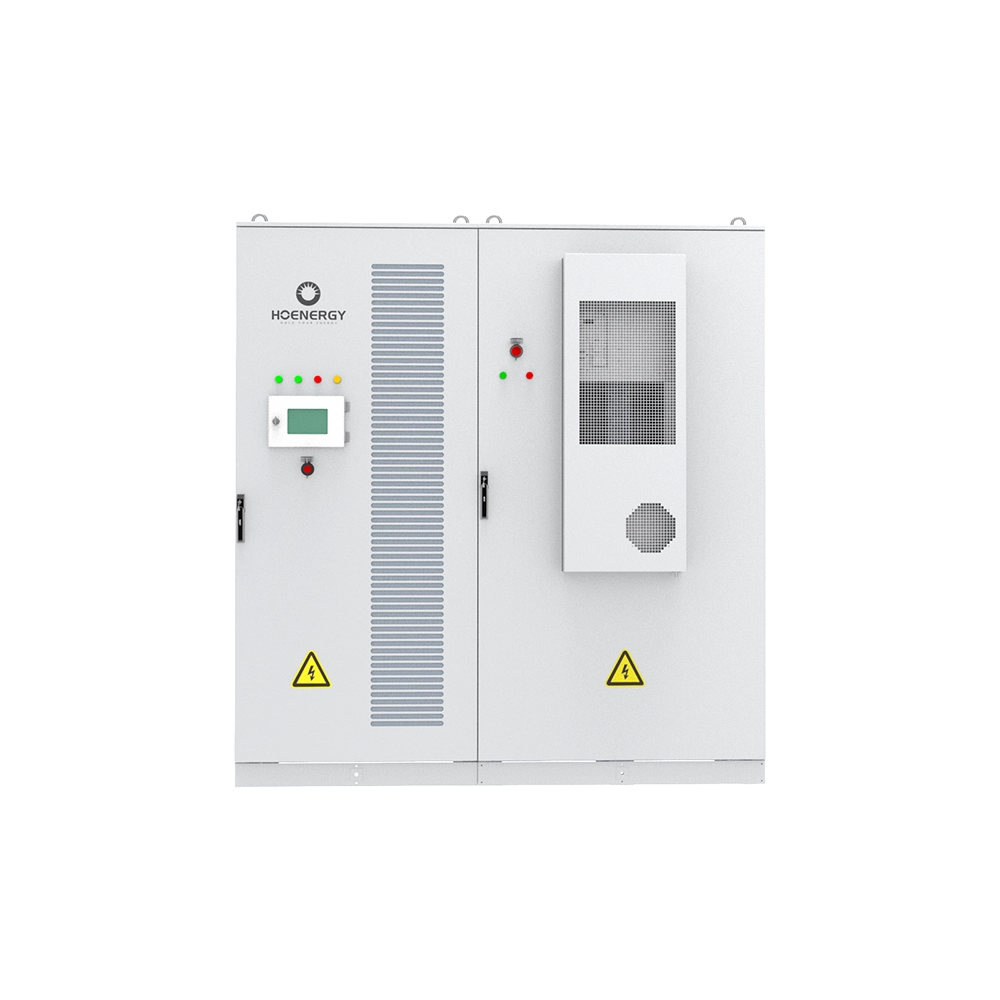
Jak długo działa ogniwo słoneczne?
Panele słoneczne pokryte laminatem ze szkła hartowanego mają 25-letnią żywotność; te pokryte laminatem PET mają 5-8 lat; a te pokryte żywicą epoksydową mają 2-3 lata. Laminowane panele słoneczne ze szkła hartowanego stanowią około 95% wszystkich dostępnych obecnie paneli słonecznych.
Wydajność generowania mocy przez moduły fotowoltaiczne określa ich żywotność, a intensywność mocy wytwarzanej przez panel słoneczny przy tym samym oświetleniu zależy od czystości płytki krzemowej i stopnia połączenia złącza PN. Wydajność będzie spadać, ponieważ połączenie PN zostanie ostatecznie przerwane. Wydajność konwersji wynosi około 90% po 15 latach i spadnie do około 85% po 25 latach, stąd żywotność komponentów fotowoltaicznych wynosi zasadniczo ponad 20 lat.
Główne elementy ogniw słonecznych
Wpływ gorących punktów
Efekt gorącego punktu to stan w prawidłowo działającym zespole akumulatora, gdy pojedyncze ogniwo jest chwilowo zakryte przez niewielki przedmiot. W rezultacie spada natężenie prądu wytwarzanego przez to ogniwo. Można myśleć o pojedynczym ogniwie w zespole akumulatora jako o diodzie z odwrotnym lawinowym zjawiskiem przebicia, strukturze złącza P-N. Zgodnie z prawem Kirchhoffa dotyczącym prądu i napięcia, zablokowane pojedyncze ogniwo ma ujemne ciśnienie i staje się obciążeniem, gdy jego zdolność do wytwarzania prądu jest mniejsza niż prąd w obwodzie. Ponadto pochłania ciepło, energię uwalnianą przez inne pojedyncze ogniwa.
Dodatkowo, z procesem produkcji akumulatorów ściśle związany jest efekt gorącego punktu. Wielokrotnie rezystancja wewnętrzna pojedynczego ogniwa jest niespójna z powodu wad na poziomie produkcji. Gorące punkty są dość podatne na pojawienie się w ogniwach o nierównej rezystancji wewnętrznej. Dla ogniwa wpływ gorących punktów jest dość szkodliwy. Zespół akumulatora jako całość spali się w skrajnym przypadku, a ogniwo w łagodnym.
Wpływ otoczenia Dodatkowo na żywotność baterii wpływa temperatura, natężenie promieniowania świetlnego, obciążenie wiatrem, obciążenie lodem i śniegiem itp.
Siedem wskazówek zwiększających żywotność i wydajność ogniw słonecznych
Często zaplanowane inspekcje systemu magazynowania energii słonecznej są niezbędne do znalezienia wszelkich oznak uszkodzeń lub dysfunkcji. Oczyść połączenia i części, aby uniknąć korozji lub gromadzenia się brudu.
Aby zapobiec całkowitemu rozładowaniu baterii słonecznej podczas użytkowania, należy ograniczyć głębokość jej rozładowania. Żywotność baterii można znacznie wydłużyć, utrzymując ją naładowaną w zakresie od 20% do 80%.
Sprawdź idealny zakres temperatur, w których działa bateria słoneczna. Należy unikać naprawdę wysokich temperatur, ponieważ mogą one skrócić jej żywotność i wydajność.
Aby zapobiec uszkodzeniu akumulatora, należy korzystać ze sprzętu do ładowania przeznaczonego specjalnie do systemu magazynowania energii słonecznej.
Należy unikać zbyt szybkich cykli ładowania, ponieważ mogą one doprowadzić do przegrzania baterii słonecznej i skrócenia jej żywotności. Zamiast tego należy stosować wolniejsze, częstsze cykle ładowania.
Jeśli bateria słoneczna ma być przechowywana przez dłuższy czas, należy trzymać ją z dala od bezpośredniego światła słonecznego i w suchym, chłodnym miejscu.
Śledź wydajność baterii przez cały czas za pomocą narzędzia do monitorowania stanu baterii. Aby zapobiec uszkodzeniu całej baterii, należy jak najszybciej wymienić uszkodzone lub słabe ogniwa.
Wykorzystanie ogniw słonecznych pod koniec ich żywotności
Jednym z kluczowych kroków w kierunku zmniejszenia wpływu tych systemów magazynowania energii odnawialnej na środowisko jest recykling wycofanych z eksploatacji ogniw słonecznych. Poniżej wymieniono ważne przepisy, których należy przestrzegać, obecne projekty w sektorze energii odnawialnej oraz korzyści dla środowiska wynikające z recyklingu.
Korzyści z recyklingu ogniw słonecznych dla środowiska
Recykling ogniw słonecznych przynosi wiele ważnych korzyści ekologicznych. Po pierwsze, podobnie jak w przypadku litu, ołowiu i kobaltu, przywraca on bezcenne zasoby niezbędne do produkcji baterii. Recykling tych materiałów pozwala na wydobycie mniejszej ilości świeżych zasobów, ochronę wrażliwych ekosystemów i ograniczenie szkód środowiskowych związanych z wydobyciem.
Co więcej, recykling ogniw słonecznych zmniejsza ilość niebezpiecznych odpadów elektrycznych, które, jeśli są niewłaściwie zarządzane, mogą zanieczyszczać wody gruntowe i glebę. Utrzymując szkodliwe substancje, takie jak ołów, lit i kwasy z dala od środowiska, odpowiedni recykling wycofanych z eksploatacji ogniw słonecznych zmniejsza również zagrożenia dla zdrowia ludzi i środowiska.
I wreszcie, recykling ogniw słonecznych przyczynia się do rozwoju gospodarki o obiegu zamkniętym, w której zasoby są gromadzone, wykorzystywane i poddawane recyklingowi, zamiast być wyrzucane po zużyciu. Oszczędza to zasoby naturalne i obniża emisję gazów cieplarnianych związanych z produkcją nowych baterii, promując w ten sposób długoterminowy zrównoważony rozwój.
Inicjatywy na rzecz recyklingu energii odnawialnej
Aby wspierać odpowiedzialne zarządzanie e-odpadami, sektor energii odnawialnej rozpoczął szereg projektów recyklingu ogniw słonecznych. Ustanowiono programy zbierania i recyklingu ogniw słonecznych, a producenci, dystrybutorzy i firmy zajmujące się recyklingiem nawiązali współpracę, aby ułatwić recykling i zagwarantować bezpieczną utylizację baterii po zakończeniu ich okresu użytkowania. Trwają prace nad stworzeniem bardziej zrównoważonych i skutecznych metod recyklingu, takich jak zaawansowane procedury, które skuteczniej i bardziej ekologicznie oddzielają i oczyszczają materiały baterii.
Przepisy dotyczące recyklingu ogniw słonecznych i najlepsze praktyki
Aby zagwarantować skuteczny i bezpieczny recykling ogniw słonecznych, należy przestrzegać lokalnych i federalnych zasad zarządzania odpadami elektronicznymi. Aby zmniejszyć zagrożenie dla środowiska i zdrowia publicznego, zasady te ustanawiają wytyczne dotyczące zbierania, zarządzania, transportu i ostatecznej utylizacji baterii po zakończeniu ich okresu użytkowania.
Zalecane są rozsądne procedury recyklingu, takie jak wycofanie baterii z eksploatacji przed recyklingiem, wyraźne oznakowanie pojemników do zbiórki i prowadzenie dokładnych rejestrów w celu monitorowania przepływu zużytych baterii podczas procesu recyklingu. Gracze w sektorze energii odnawialnej mogą pomóc zoptymalizować korzyści dla środowiska wynikające z recyklingu ogniw słonecznych i przyspieszyć przejście na bardziej zrównoważoną gospodarkę o obiegu zamkniętym, stosując te procedury.
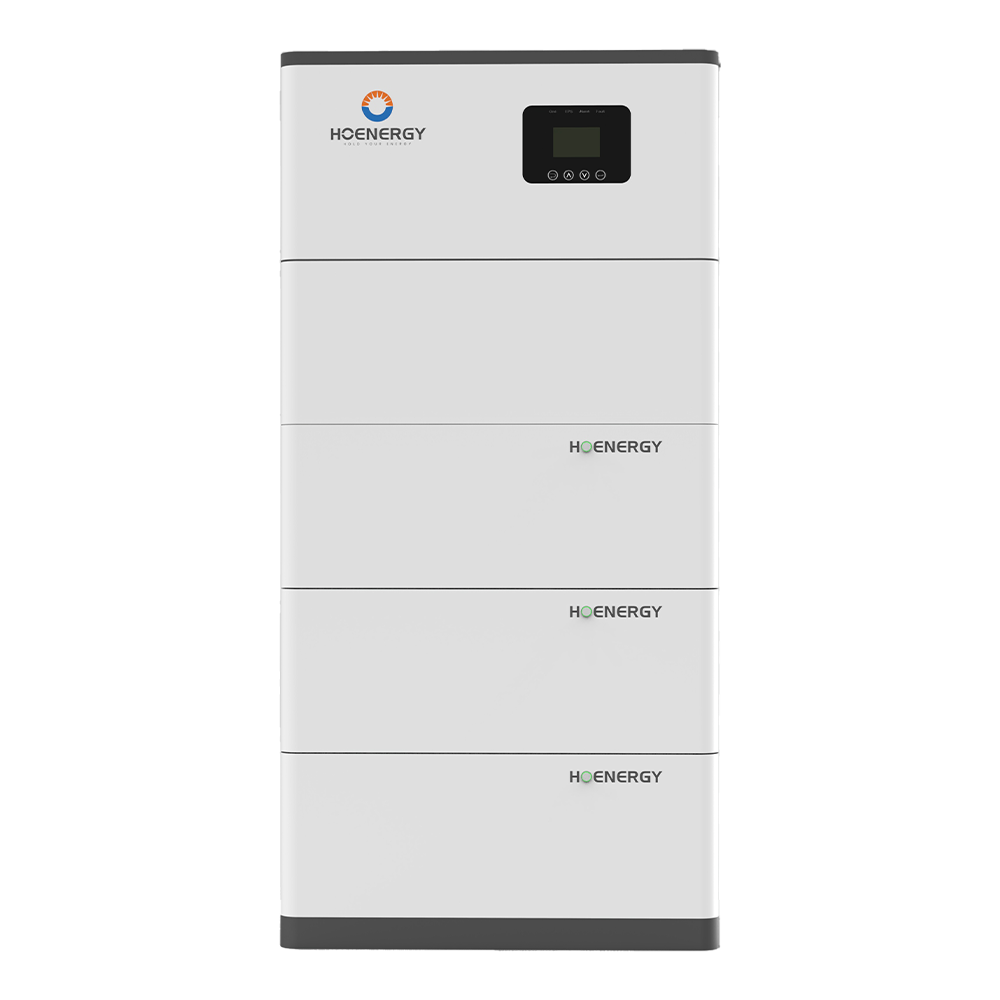
podsumowując
Podnoszenie wydajności i zrównoważonego rozwoju odnawialnych źródeł energii wymaga zrozumienia i Optymalizacja ogniwa słonecznego cykl życia. Zdolność akumulatora do jak najlepszego działania podczas cykli ładowania i rozładowywania determinuje jego trwałość; głębokość rozładowania i zastosowana technologia są ważnymi czynnikami determinującymi to. Żywotność akumulatora można wydłużyć dzięki starannej instalacji, rozważnemu zarządzaniu ładowaniem i rutynowej konserwacji. Należy również wziąć pod uwagę wpływ baterii na środowisko, począwszy od ich produkcji, a skończywszy na recyklingu. Gospodarka o obiegu zamkniętym i redukcja wpływu na środowisko są osiągane poprzez zarządzanie końcem okresu użytkowania baterii poprzez odpowiednie procedury recyklingu.


